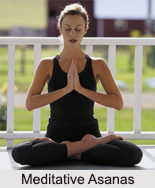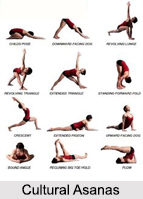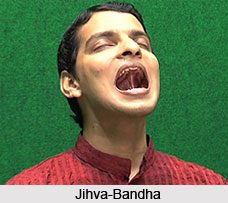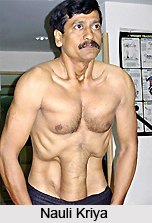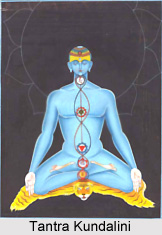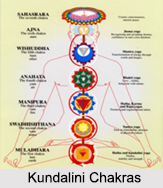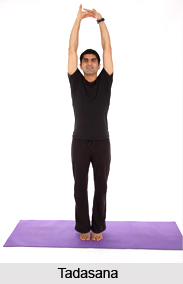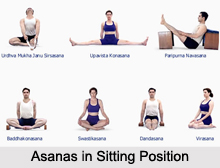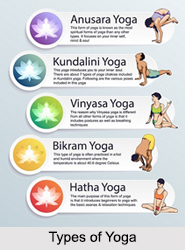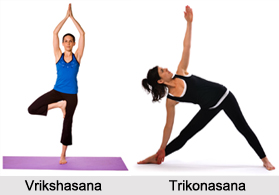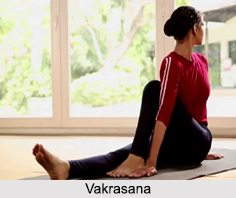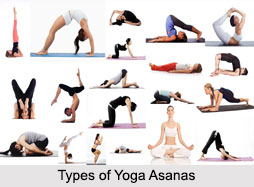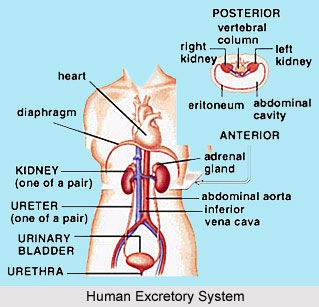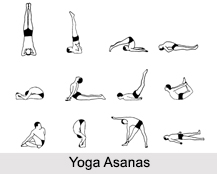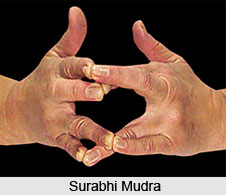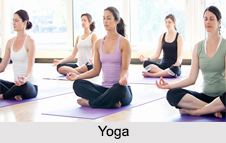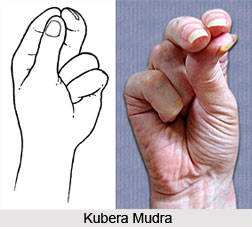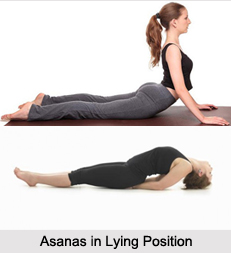The forty-fifth yoga sutra states about the various components and constituents of the earthly essential elements. And, by complete self-control, a yogi can achieve total control of these elements, their mass, forms, subtlety, concurrence or purposes.
sthula gross
svarupa form, attributes
suksmasubtle
anvaya all-pervasiveness, interpenetration, conjunction
arthavatva purpose, fullness
samyamat by restraint
bhutajayah mastery over the elements
By samyama on the elements - their mass, forms, subtlety, conjunction and purposes, the yogi becomes Lord over them all.
By restraint, the yogi gains control over the gross and subtle elements of nature, their forms and gunas, as well as their purpose.
The Universe is created from the constituents of the basic elements of nature - earth (prthvi), water (ap), fire (tejas), air (vayu) and ether (akasa). Each element possesses five attributes - mass (sthula), subtlety (suksma), form (svarupa), all-pervasiveness or interpenetration (anvaya), and purpose or fruition (arthavatva).
The characteristics of the gross forms of elements comprise solidity, fluidity, heat, mobility and volume. Their subtle counterparts are smell, taste, sight, touch and sound. Their all-pervasiveness or interpenetration are the three gunas, and their purpose is either worldly enjoyment or freedom and beatitude.
The earth element has five properties of sound, touch, sight, taste and smell. Water possesses four - sound, touch, sight and taste. Fire has three - sound, touch and sight. Air comprises sound and touch. Ether has only the one quality of sound (`pranavah`, 1.27).
